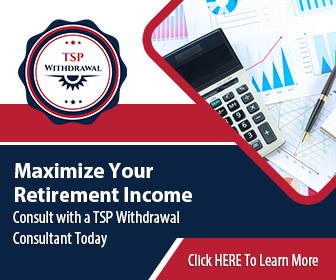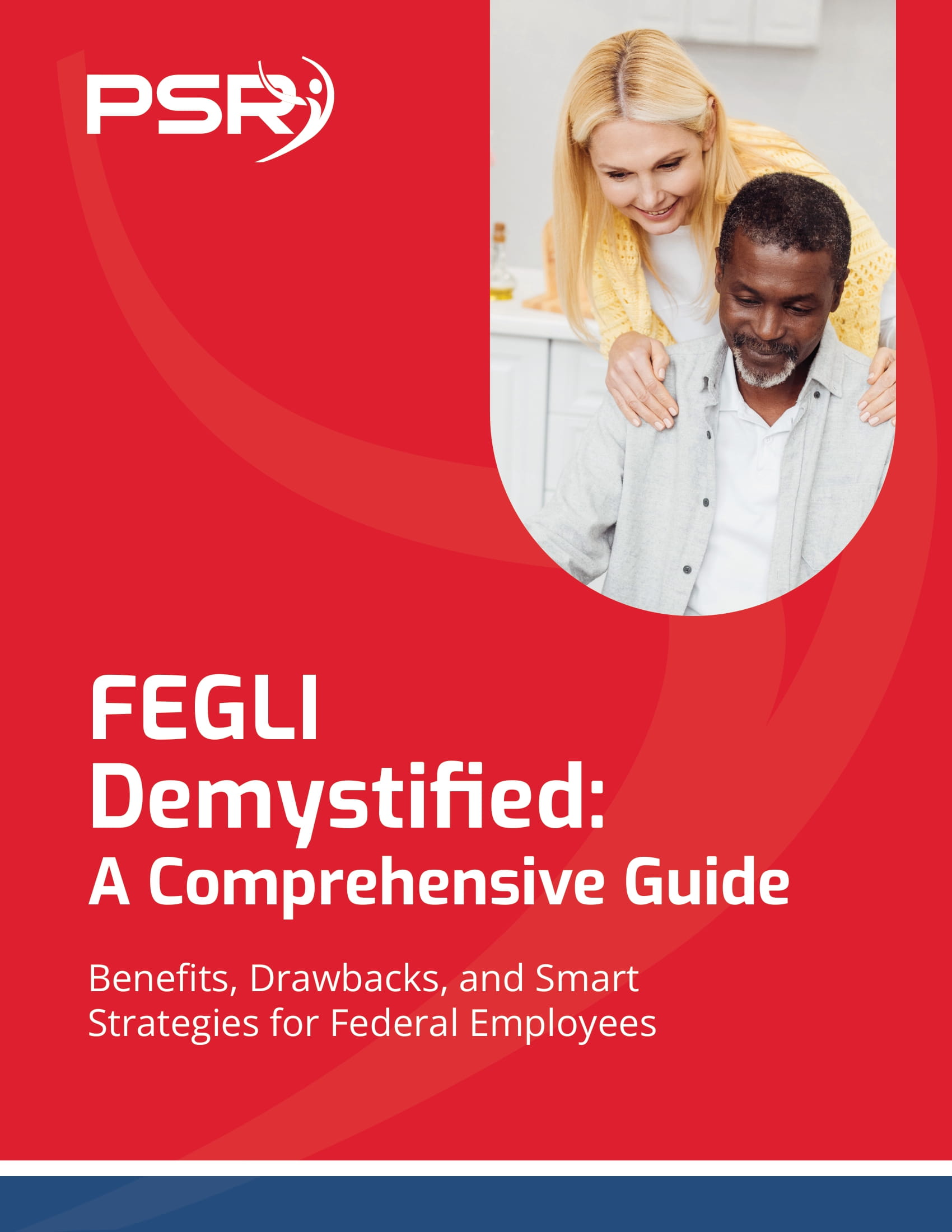Key Takeaways
-
Maximizing your federal benefits before retirement ensures long-term financial stability and security.
-
Understanding key options like FEHB, TSP, and pension calculations can help you make the most of your benefits before retiring.
Make the Most of Your Federal Benefits While You Still Can
Retirement may seem far away, but as a federal employee, preparing ahead of time ensures you maximize every benefit available to you. While the Federal Employees Retirement System (FERS) and Civil Service Retirement System (CSRS) offer solid financial foundations, you have the power to increase your security. Taking proactive steps now can lead to a much smoother transition into retirement, giving you the financial freedom you deserve.
- Also Read: The FEHB-Medicare Combo Is Powerful—But Only If You Time Enrollment Correctly
- Also Read: Why More Federal Workers Are Reassessing Their TSP Withdrawal Strategies to Maximize Their Savings
- Also Read: Federal Employees, Here’s What You Need to Know About FEGLI Before You Retire
Below, we’ll break down the key ways you can maximize your benefits before retirement so you can enjoy long-term stability and peace of mind.
1. Optimize Your Federal Employees Health Benefits (FEHB) Plan
Your health insurance decisions before retirement play a huge role in your future costs. The FEHB program allows federal employees to carry their health insurance into retirement, but only if you’ve been enrolled for at least five years before retiring. If you haven’t yet met this requirement, it’s critical to maintain enrollment to ensure you have coverage.
Considerations Before Retirement:
-
If you’re retiring at age 65 or older, coordinating FEHB with Medicare can save on costs and increase coverage options.
-
Open Season allows you to adjust your plan—review your options annually to make sure you have the best coverage at the most reasonable cost.
-
If your spouse also has FEHB coverage, evaluate whether it makes sense to continue separate plans or consolidate under one enrollment.
-
Some FEHB plans offer incentives for Medicare enrollment that can reduce out-of-pocket expenses.
-
Look into self and family versus self plus one plans to determine which offers the best financial advantage.
2. Maximize Contributions to Your Thrift Savings Plan (TSP)
Your Thrift Savings Plan (TSP) is a crucial retirement income source, and the years leading up to retirement are your last chance to make catch-up contributions. In 2025, the TSP elective deferral limit is $23,500, with an additional $7,500 catch-up for those aged 50 and older.
Strategies to Grow Your TSP Faster:
-
Increase contributions now to take full advantage of tax-deferred growth.
-
Max out employer matching—ensure you’re contributing at least 5% to get the full agency match.
-
Rebalance investments to align with your retirement timeline and risk tolerance.
-
Consider Roth TSP contributions if you expect your tax bracket to rise in retirement.
-
Explore withdrawal options before retirement to understand required minimum distributions (RMDs) and tax implications.
-
Diversify investments between different TSP funds (G, F, C, S, and I funds) to mitigate risk.
3. Understand Your Pension Calculation and Retirement Age Options
Your FERS or CSRS annuity is one of the most valuable retirement benefits you have. The amount you receive depends on factors like your High-3 salary, years of service, and retirement age.
What You Need to Know:
-
Under FERS, retiring before age 62 often results in reduced annuity payments. However, retiring at 62 or later with at least 20 years of service increases your pension through a 1.1% multiplier instead of 1.0%.
-
CSRS retirees have a more generous pension formula but don’t receive Social Security benefits unless they qualify separately.
-
Federal employees eligible for the Special Retirement Supplement (SRS) can receive additional income before Social Security kicks in at age 62.
-
If you plan to work beyond your Minimum Retirement Age (MRA), consider how additional years impact your pension calculation.
-
Survivor benefits should be factored into your retirement decision—decide whether to provide a survivor annuity for a spouse.
-
COLA adjustments affect pension payments, so review projections to understand how inflation impacts your long-term income.
4. Take Advantage of the Federal Employee Dental and Vision Insurance Program (FEDVIP)
Many retirees underestimate dental and vision care costs, but FEHB does not cover them extensively. If you want to keep this coverage into retirement, you must be enrolled in FEDVIP before retiring.
Why This Matters:
-
FEDVIP coverage does not require the five-year rule like FEHB. You can enroll even close to retirement.
-
You can adjust your plan during Open Season or after a Qualifying Life Event (QLE).
-
Premiums remain stable, making it an affordable way to maintain comprehensive dental and vision care.
5. Evaluate Your Life Insurance Options Before Retirement
The Federal Employees’ Group Life Insurance (FEGLI) program changes significantly once you retire. Premiums for basic coverage increase, and options may become limited. Planning ahead helps you keep necessary coverage without overpaying.
Key Actions to Take:
-
Determine if you still need FEGLI coverage or if a private policy is more cost-effective.
-
Consider reducing coverage to manage premium costs in retirement.
-
If you want to keep FEGLI, ensure you’ve had it for at least five years before retiring.
-
Compare Option B and Option C for additional coverage options tailored to your needs.
Secure Your Financial Future With Smart Federal Benefits Planning
Retirement planning isn’t just about saving money—it’s about making the most of every benefit you’ve earned. By optimizing your FEHB, TSP, pension, Social Security, and insurance coverage, you can retire with confidence. The steps you take now can make a significant difference in your long-term security.
If you’re unsure about your options, get in touch with a licensed agent listed on this website to explore how these benefits can work best for you.












